While Icelandic yarn is not the only option for Lopi sweaters, in my estimation, it’s one of the best. It’s so very affordable, comes in a variety of colors, is incredibly warm, and holds up so well. But if you know that Icelandic yarn is not for you, I will definitely share some alternatives!
Where does Icelandic yarn come from?
The obvious answer is Iceland. The slightly more detailed answer is Icelandic sheep, which are a “primitive” breed of sheep. Scandinavian settlers took their sheep with them when they moved to this tiny island in the middle of the northern Atlantic Ocean way back in the 700s. Unlike many other sheep breeds throughout the world, these sheep were not cross-bred with other breeds. So if we brought some Scandinavians forward in time, these sheep would essentially be the same as the ones that they had 1300 years ago.
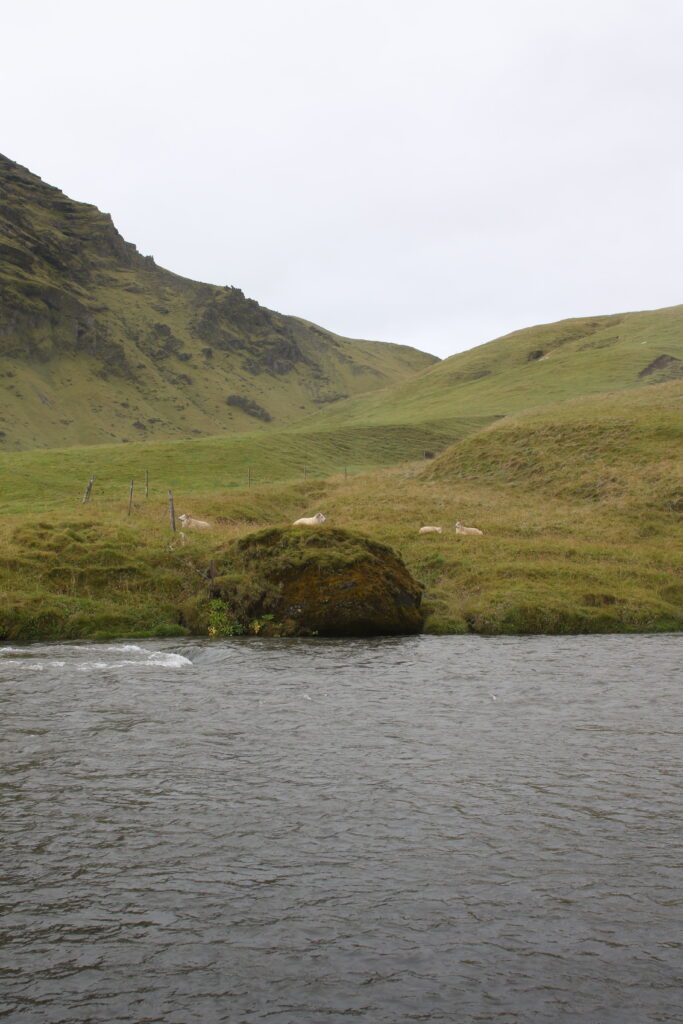
These sheep are perfectly designed for cold weather, as they have two layers of wool. The inner layer is light and downy, while the outer layer works as a protective barrier against rain. Icelandic yarn is typically made from blending those two fibers into one, making a lightweight yet warm fabric that repels water very well (as most wools do). Reportedly, many Icelandic folk use garments made from this yarn as an outer layer all year long.
Icelandic yarn companies
There are two companies that I know of that produce Icelandic yarn on a commercial scale. The first is Istex, which produces the different weights of Lopi yarns. The other is Einrum, which produces a few different yarns, including two that blend Icelandic wool with silk. I haven’t used the Einrum yarns yet, but I very much want to. But this blog will focus on the Lopi yarns from Istex since that’s what I know (and love).
The yarns from Istex come in a variety of weights, but the three that are probably most used are Lettlopi (worsted/Aran weight), Alafosslopi (bulky weight), and Plotulopi (DK weight). You can learn a little bit more about each of those yarns on those pages–I’m trying to keep this post relatively short. In 2017, I toured the Lopi factory, and I hope that they still provide tours to travelers. If you happen to go to Iceland and want a tour, reach out to them in advance to be sure.
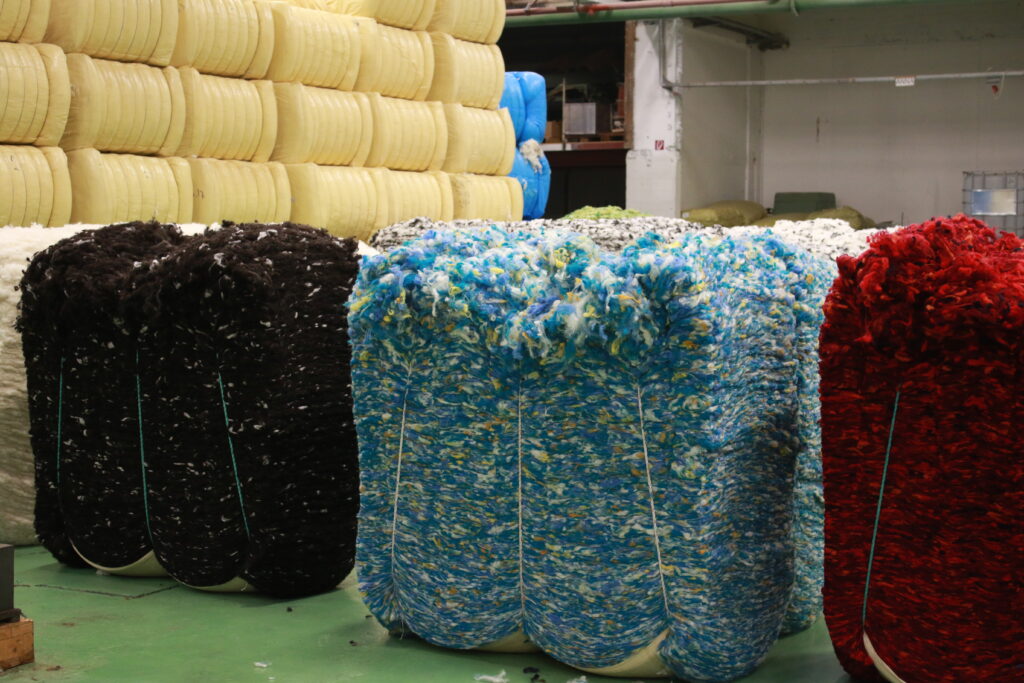
Lopi yarn is affordable and colorful
In the US, Alafosslopi will run you about $10 per ball, and for Sing Winter (as written) you need at most 12 balls of it. So that’s about $120 for the sweater project in the largest size. Now, bulky yarns come in a variety of yardages and price points, so you have a lot of options, but it’s pretty rare that I, as a larger person, can get a sweater quantity of yarn for $120. And that’s full suggested retail, there are plenty of sites out there that frequently discount yarns in certain colors. (Lettlopi is even more affordable at about $6/ball in the US.)
Alafosslopi is also available in about 47 colors, per the Istex website. That’s quite the range! Most stores won’t stock all 47 colors, so you either need to be flexible with your color choices or be willing to shop around a bit, but the world of Lopi is your crayon box when choosing colors. (In the interest of getting to the knitting soon, I will link you to this excellent Tin Can Knits blog about color theory and some day I will write my own treatise on my approach to choosing colors.)
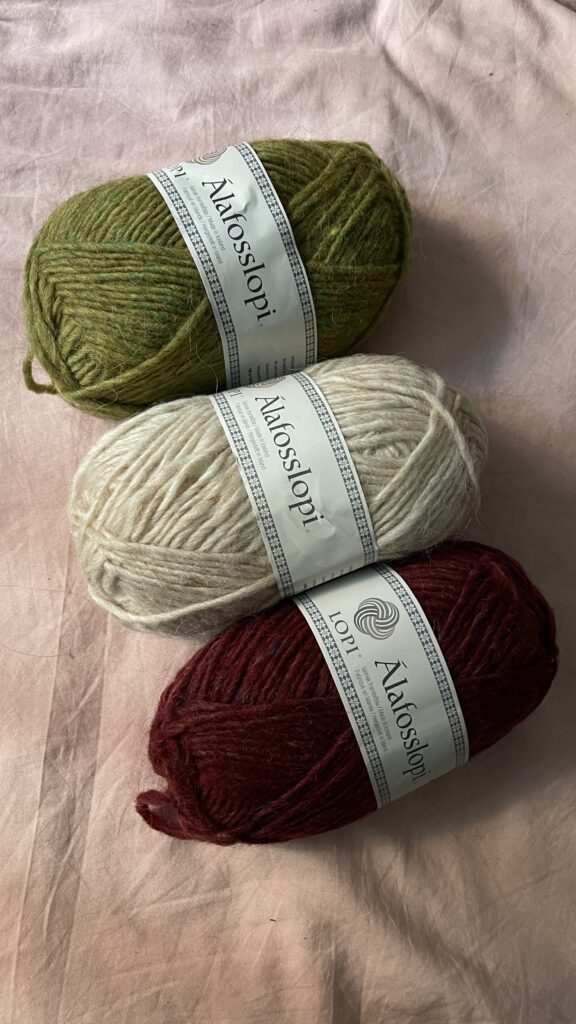
Isn’t Lopi scratchy though?
Yes. Yes it is. In my mind it’s the only drawback to this great yarn. It is on the itchy side because of the long guard fibers that help keep the sheep warm and dry. I do feel like Lopi softens up over time, with wearing and washing, but it is not a next-to-the-skin fiber. At least not for me.
I don’t have any trouble wearing Lopi over long-sleeved shirts. But if you do have more sensitive skin, this may not be the one for you.
What do I use in place of Lopi?
The complete answer to this will depend on your budget, but there are a lot of great options out there. One thing I will mention–another wool-based yarn is going to be your best bet for substituting. (Quick note: if you use YarnSub, they’ll tell you that Alafosslopi is a single ply, when it is in fact two ply.)
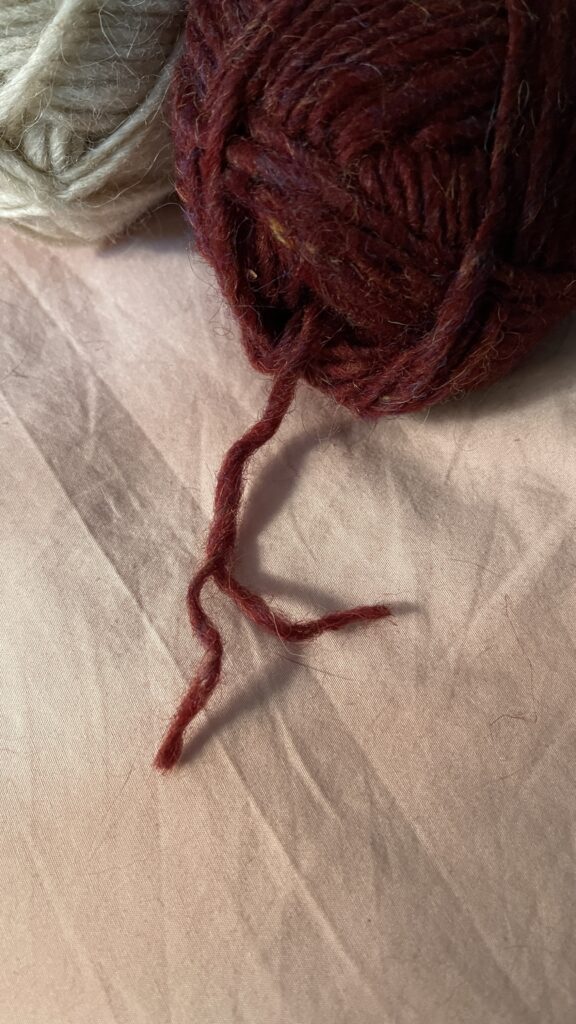
If you’re planning to knit a cardigan using the steeking method, your best bet is a non-superwash yarn. If you’re knitting a pullover, you can use a superwash yarn, just be sure to check your gauge as I find that the superwash process somehow makes a yarn slightly lighter.
The yarns I’m listing below are ones that I have experience with–it is not an exhaustive list by any means.
Berroco Vintage Chunky – good price point, lots of colors, machine-washable slightly lighter than Alafosslopi (136 yards to 100 grams)
Knit Picks Wool of the Andes Bulky – very affordable, not as many colors, hand wash, slightly lighter than Alafosslopi (136 yards to 100 grams)
Malabrigo Chunky – less affordable, lots of colors, hand wash, good match for yardage to grams
Brown Sheep Nature Spun Chunky – less affordable, lots of colors, hand wash, heavier than Alafosslopi (155 yards to 200 grams)
Beaverslide Dry Goods 3-ply Heavy Fisherman Weight – slightly less affordable, good amount of colors, hand wash, lighter than Alafosslopi (160 yards to 113 grams)
Cascade Yarns Eco+ – about the same price as Alafosslopi when you compare grams per dollar, good amount of colors, hand wash, significantly lighter than Alafosslopi (roughly 191 yards to 100 grams)
I’m planning to get started next Friday, October 28th. Given that it’s bulky yarn, it should go quickly, so I’m excited to have another new sweater by the end of the year!
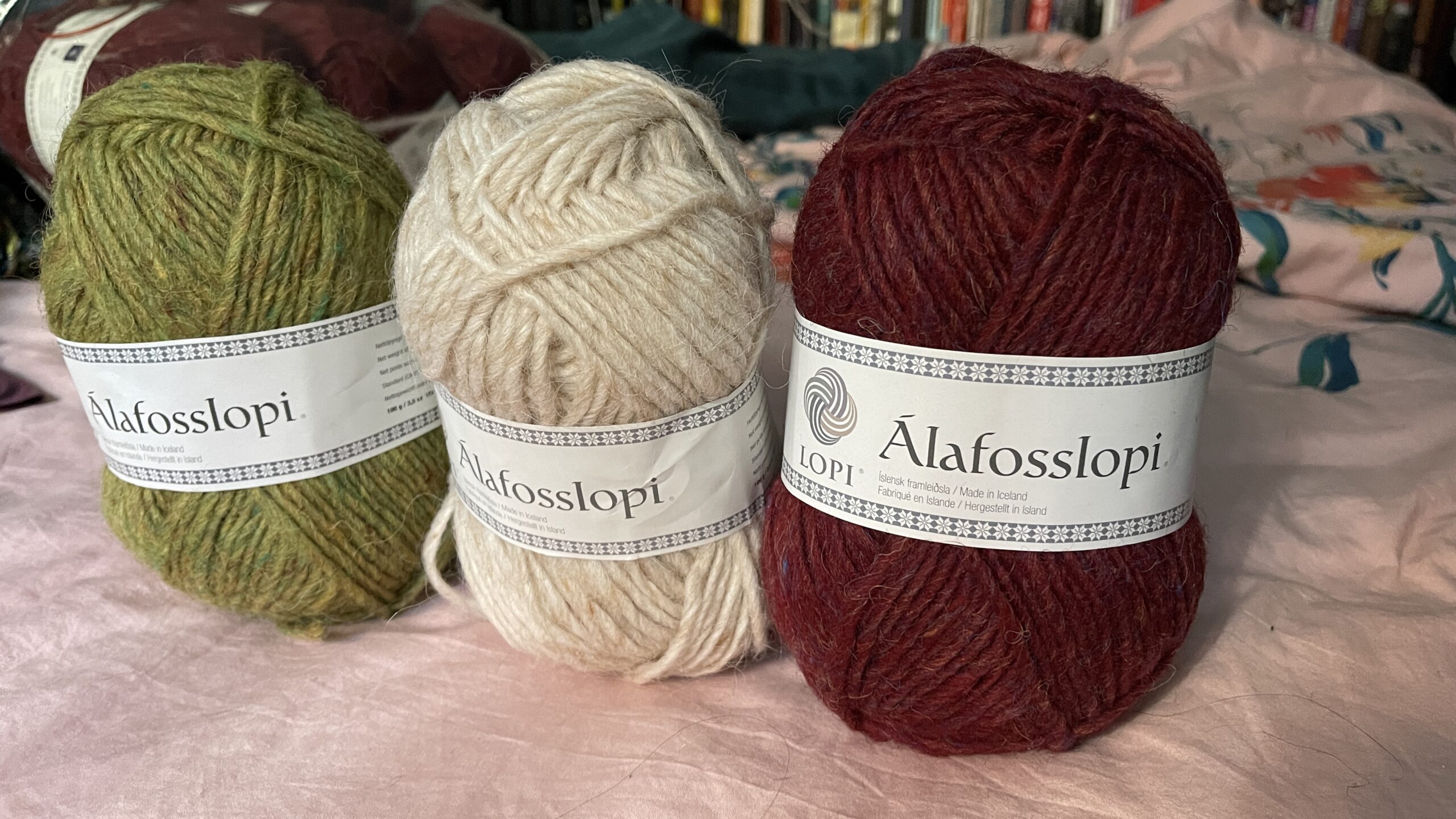

[…] post and the next one, which will talk about yarn choices, really go hand in hand. I’m writing this one first because I think having a pattern chosen […]